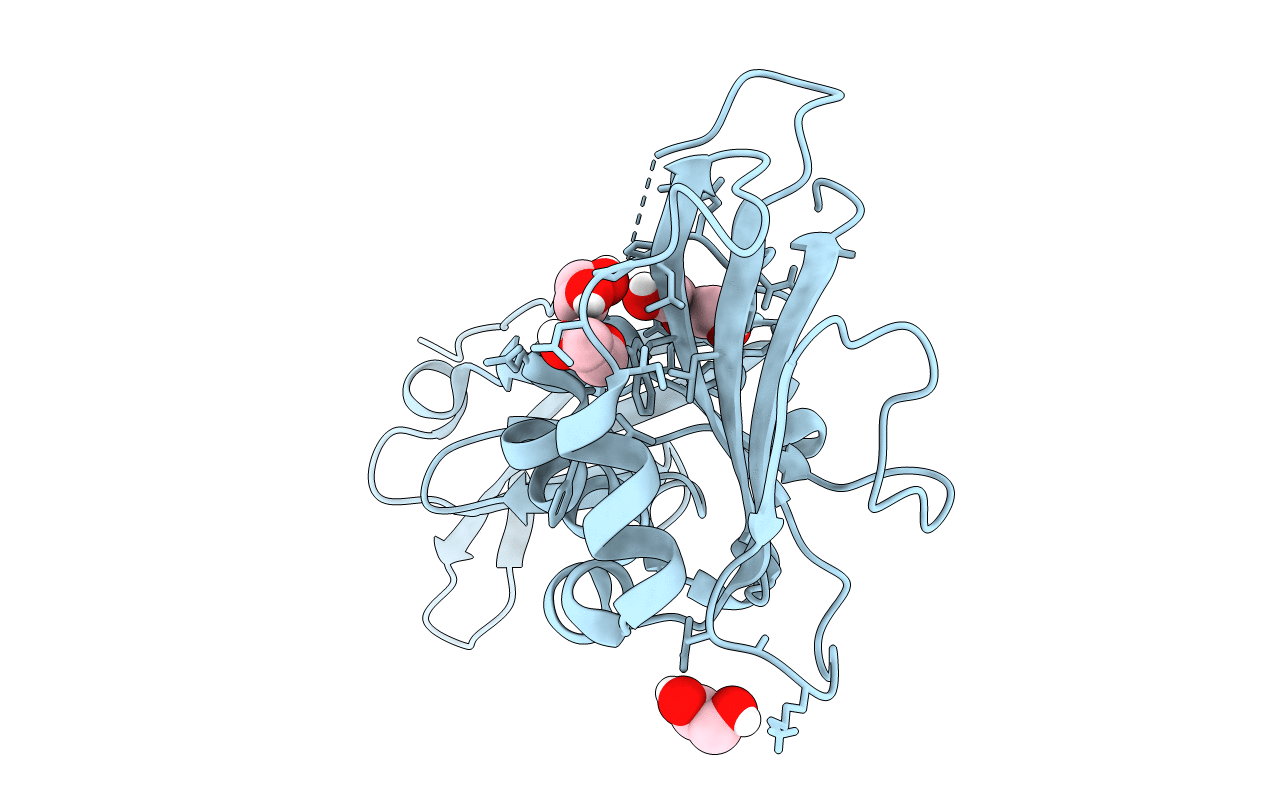
Deposition Date
2017-02-08
Release Date
2017-11-01
Last Version Date
2024-10-16
Entry Detail
PDB ID:
5N30
Keywords:
Title:
Crystal structure of the V72I mutant of the mouse alpha-Dystroglycan N-terminal region
Biological Source:
Source Organism:
Mus musculus (Taxon ID: 10090)
Host Organism:
Method Details:
Experimental Method:
Resolution:
1.80 Å
R-Value Free:
0.18
R-Value Work:
0.15
R-Value Observed:
0.15
Space Group:
H 3


